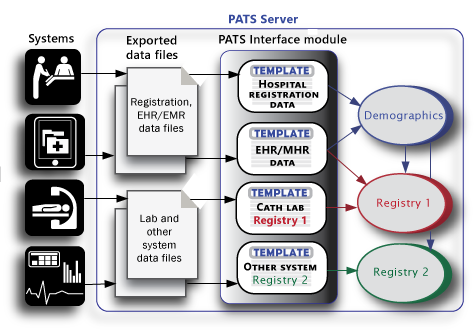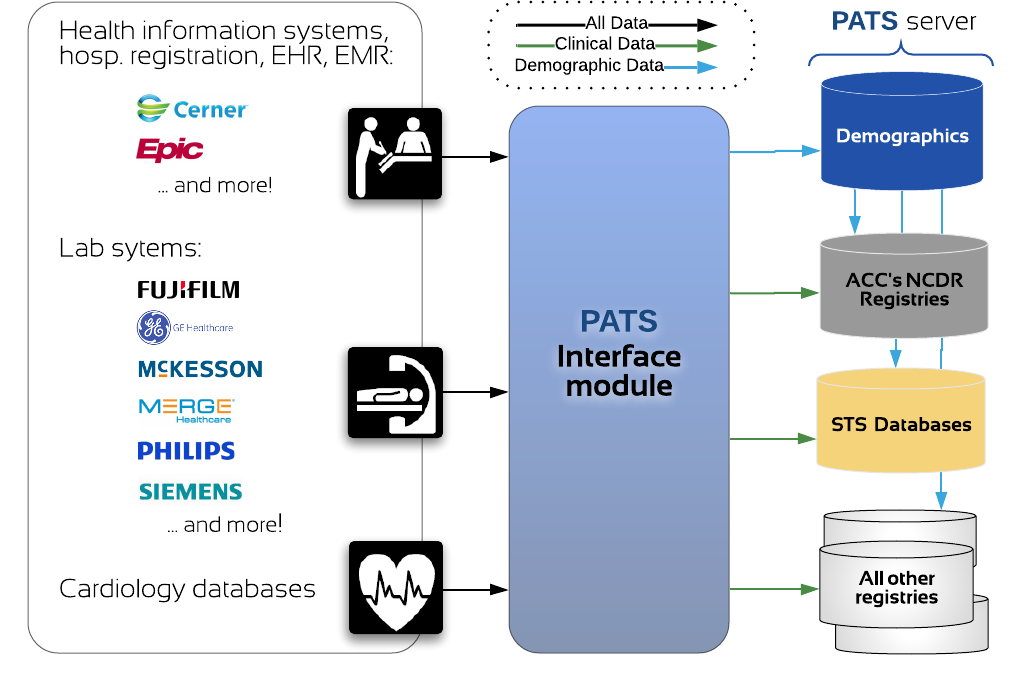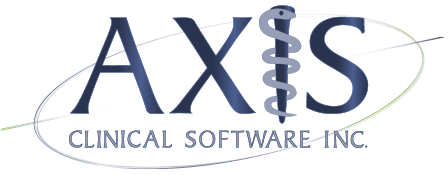Interface & Interop
PATS includes registry interoperability and data sharing, and Axis offers an Interface module that communicates with leading HIS, EMR, hemodynamic, and other laboratory systems. This combination saves you time and money, and helps ensure you:
- Maximize data entry and collection efforts across departments and systems
- Increase data quality by reducing potential for error
- Effect more timely data analysis and reporting with real-time collection and entry
- Gain cost efficiencies by streamlining processes and reducing redundancy
- Maximize your data collection efforts
- Common data is available in a source system (EMR, EHR, hospital registration, hemodynamic or lab, other clinical data systems, etc.)
- The source system exports data files or messages to your PATS server.
- The Interface module accepts the data, applies the templates, and populates the appropriate registry fields and demographic files.

With the Interface module, you can monitor all interface activity and processing. You can easily generate reports for each interface that shows when data was added or changed, or if any errors occurred.

During data entry, if PATS recognizes a matching episode of care in another eligible registry, you can select which eligible data elements to share between registries. This saves valuable time and eliminates redundant data entry.
